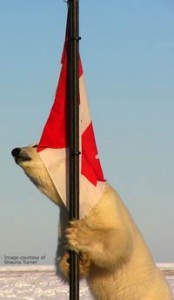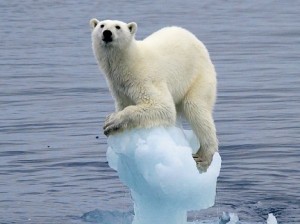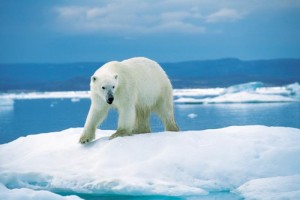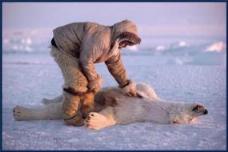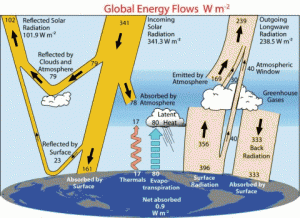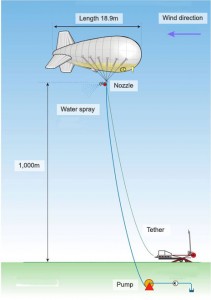In Dr. Down Steyn’s research paper, “Impact of Climate Change on Ozone Pollution in the Lower Fraser Valley, Canada,” he analyzed climate patterns to determine which types led to elevated levels of ozone. His analysis allowed him to predict if there would be an increase in episodes of elevated ozone levels in the future (2046-2065). Dr. Steyn used different statistical techniques to capture the climate pattern, and applied these to forecast the future of air quality in the Lower Fraser Valley. According to Dr. Steyn, episodes of elevated ozone levels will increase to a dangerous amount due to global warming, and as such actions must be taken to address this problem.
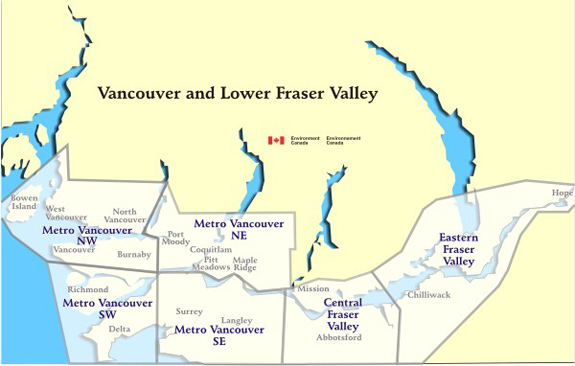
Air quality and Health affects
Ozone is a molecule consisting of three oxygen atoms. Despite its benefits in the upper atmosphere as a shield to harmful UV radiation, it is a pollutant in lower atmosphere. Addressing such a study is important because ozone is damaging to plants and poses certain health risks to humans. Such risks include lung inflammation, lung diseases, premature death, heart attack, and stunting the plant growth.
What affects the air quality?
There are three components to look at: temperature, wind, and pressure.
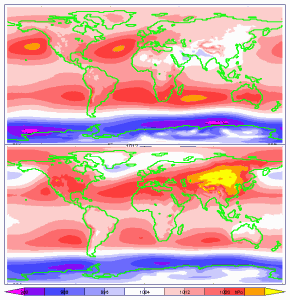
1) Temperature has a significant relationship with the production of ozone. Ozone is generated by a chemical reaction and the rate of this reaction is temperature dependant. Thus, higher temperatures equate to abundance in ozone.
2) The wind is what mixes the atmosphere. Mixing causes dilution and as a result, lowers the amount of pollution.
3) In summer, a high pressure system develops in the Lower Fraser Valley. High pressure makes the atmosphere heavy, resulting in the sinking of the whole atmosphere. This sinking then causes the increase in temperature with its height and the vertical mixing is reduced.
High Temperature + Light Wind + High Pressure System
= Pollution level ↑
https://www.youtube.com/watch?v=A7Y0juwbHcU
How was the study conducted?
In order to analyze the climate pattern, Dr. Steyn used different statistical techniques and the following podcast will explain the specific tools used to analyze the pressure patterns such as:
– Program for atmospheric pressure pattern
– Empirical orthogonal function (EOF) decomposition
– Clustering (grouping of pressure patterns in six dimensions)
Audio clip: Adobe Flash Player (version 9 or above) is required to play this audio clip. Download the latest version here. You also need to have JavaScript enabled in your browser.
Dr. Steyn concluded that in the future, the weather types are going to be the same while the temperature will be warmer due to global warming. In other words, global warming is the main factor in increasing ozone level.
We thank Dr. Steyn for giving us an interview and explaining his research. We also would like to thank our SCIE 300 instructors for designing the science outreach project.
